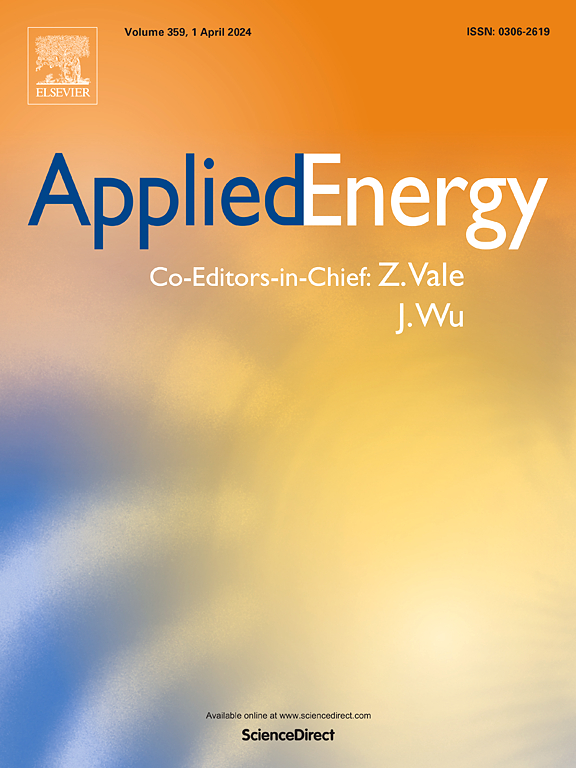State-of-health estimation for EV battery packs via incremental capacity curves and S-transform
IF 10.1
1区 工程技术
Q1 ENERGY & FUELS
引用次数: 0
Abstract
Accurate battery state-of-health (SOH) estimation in electric vehicles (EVs) plays a crucial role in mitigating user range anxiety. However, the suboptimal quality of cloud-based battery management system (BMS) data combined with the material heterogeneity of battery cathodes creates substantial barriers to developing universal SOH estimation methods for real-world EV applications. In this study, we propose a generalizable feature extraction framework based on the charging process. The method extracts time-domain features from incremental capacity (IC) curves and frequency-domain features using the S-transform, while also incorporating inter-cell inconsistency indicators. To assess the robustness of the extracted features, validation is conducted using laboratory data. Additionally, the influence of temperature on battery capacity and extracted features is analyzed through tests on batteries with varying capacities and cathode materials. Furthermore, real-world operational data from 37 EVs over a three-year period are employed to develop machine learning (ML) and deep learning (DL) models. Based on these results, a fusion model combining gated recurrent units (GRU) and LightGBM (LGB) is proposed, achieving material-independent battery SOH estimation with a mean absolute percentage error (MAPE) below 1.99 % and a maximum error (MAXE) under 6.57 %.
基于增量容量曲线和s变换的电动汽车电池组健康状态估计
电动汽车电池健康状态(SOH)的准确估计对于缓解用户续航里程焦虑至关重要。然而,基于云的电池管理系统(BMS)数据质量不佳,加上电池阴极材料的不均匀性,为开发用于实际电动汽车应用的通用SOH估计方法带来了实质性障碍。在这项研究中,我们提出了一个基于收费过程的通用特征提取框架。该方法利用s变换从增量容量(IC)曲线和频域特征中提取时域特征,同时还结合了细胞间不一致指标。为了评估提取的特征的鲁棒性,使用实验室数据进行验证。通过不同容量电池和正极材料的测试,分析了温度对电池容量和提取特征的影响。此外,37辆电动汽车在三年时间内的实际运行数据被用于开发机器学习(ML)和深度学习(DL)模型。在此基础上,提出了一种门控循环单元(GRU)和光控循环单元(LGB)相结合的融合模型,实现了与材料无关的电池SOH估计,平均绝对百分比误差(MAPE)小于1.99%,最大误差(MAXE)小于6.57%。
本文章由计算机程序翻译,如有差异,请以英文原文为准。
求助全文
约1分钟内获得全文
求助全文
来源期刊

Applied Energy
工程技术-工程:化工
CiteScore
21.20
自引率
10.70%
发文量
1830
审稿时长
41 days
期刊介绍:
Applied Energy serves as a platform for sharing innovations, research, development, and demonstrations in energy conversion, conservation, and sustainable energy systems. The journal covers topics such as optimal energy resource use, environmental pollutant mitigation, and energy process analysis. It welcomes original papers, review articles, technical notes, and letters to the editor. Authors are encouraged to submit manuscripts that bridge the gap between research, development, and implementation. The journal addresses a wide spectrum of topics, including fossil and renewable energy technologies, energy economics, and environmental impacts. Applied Energy also explores modeling and forecasting, conservation strategies, and the social and economic implications of energy policies, including climate change mitigation. It is complemented by the open-access journal Advances in Applied Energy.
 求助内容:
求助内容: 应助结果提醒方式:
应助结果提醒方式:


